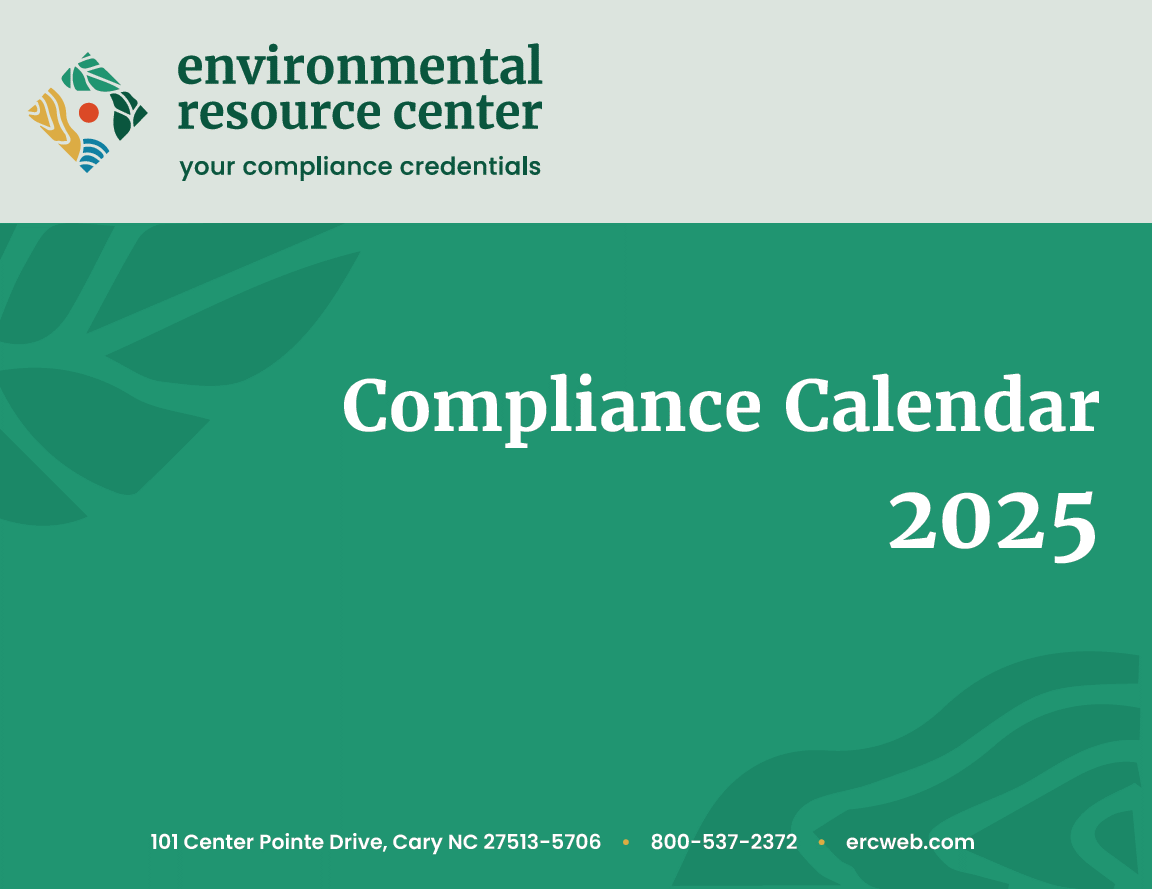 The EPA and U.S. Department of the Army (Army) have completed a series of listening sessions intended to seek input from stakeholders on real-world and practical experience with Clean Water Act (CWA) programs and requirements that rely on the definition of “waters of the United States,” or WOTUS. Through these sessions, the agencies gained invaluable insights representing on-the-ground perspectives of farmers and ranchers, homebuilders and construction contractors, miners and energy producers, manufacturers, states, Tribes, elected officials, environmental groups and the general public.
The EPA and U.S. Department of the Army (Army) have completed a series of listening sessions intended to seek input from stakeholders on real-world and practical experience with Clean Water Act (CWA) programs and requirements that rely on the definition of “waters of the United States,” or WOTUS. Through these sessions, the agencies gained invaluable insights representing on-the-ground perspectives of farmers and ranchers, homebuilders and construction contractors, miners and energy producers, manufacturers, states, Tribes, elected officials, environmental groups and the general public. Over the course of nine listening sessions, including two public sessions in West Virginia and Utah, EPA heard from people who are frustrated with the constantly shifting WOTUS definition. Many attendees of the listening sessions expressed an interest in a definition that will stand the test of time. For some, this feedback was based on confusion over jurisdictional waters on agricultural land such as ditches, stock ponds and wetlands. The agencies also heard from the on-the-ground experience of homebuilders and other industry stakeholders that are directly impacted by the definition of WOTUS.
Many supported the federal environmental protections tied to the CWA. Many also requested regulatory predictability to build and maintain the infrastructure that advances local and regional economies. Others highlighted the importance of cooperative federalism under the CWA and urged the agencies to delegate decision-making to states and local authorities. Attendees also highlighted the need to consider hydrologic diversity across the nation, such as wetlands in the southeast, prairie potholes in the Midwest, ephemeral washes in the arid West, and permafrost in Alaska.
EPA and Army intend to issue a proposed rule in the coming months that will prioritize clear interpretation and implementation of the law. Following public comment on the proposal, the agencies will review input with the intention of issuing a final rule by the end of 2025.
 The EPA has initiated an Administrative Order on Consent with Radius Recycling Inc. in response to Clean Water Act violations at the company's metal recycling facility in Oakland, California. The order targets the plant's discharge of pollutants into the Oakland Inner Harbor and San Francisco Bay in violation of the facility’s permit under the Clean Water Act.
The EPA has initiated an Administrative Order on Consent with Radius Recycling Inc. in response to Clean Water Act violations at the company's metal recycling facility in Oakland, California. The order targets the plant's discharge of pollutants into the Oakland Inner Harbor and San Francisco Bay in violation of the facility’s permit under the Clean Water Act."This order requires Radius Recycling to improve the quality of water discharges leaving the facility, which will help reduce the flow of pollutants into San Francisco Bay,” said EPA Pacific Southwest Region Director for Enforcement and Compliance Assurance Amy Miller. “In addition, this agreement will improve the general cleanliness of the site and address local community health and safety concerns.”
Wastewater discharge from the Radius Recycling facility exceeded National Pollutant Discharge Elimination System (NPDES) permit limitations for zinc, copper and acute water toxicity. To correct those exceedances, Radius will install a new granular activated carbon treatment unit capable of reducing metals below effluent limitations. Radius will also develop and implement a Water Pollution Prevention Plan that increases inspections of the site and strengthens cleaning and maintenance measures.
San Francisco Bay is a critical resource for 7.5 million people living in the Bay Area. The Bay is known to have elevated levels of metals which cause harm to wildlife, bioaccumulate in fish which are consumed by residents, and may pose additional risk to human health.
In January 2025, EPA signed a memorandum of understanding with Radius Recycling, the California Environmental Protection Agency (CalEPA), other state regulators, and a community organization to address the impacts of the company’s metal shredding operation on the West Oakland community. That MOU marked a new collaborative approach by government agencies, industry and communities to solving health and safety concerns.
 OSHA cited two event production companies following an inspection concerning an October 2024 employee fatality.
OSHA cited two event production companies following an inspection concerning an October 2024 employee fatality.Stage FX, Inc. and James Thomas Productions, LLC were cited with serious violations for allegedly failing to maintain structural stability during the erection of a stage and failing to provide proper employee training on the associated hazards.
James Thomas Productions paid $19,860 to address the violations, while Stage FX has contested the findings before the independent Occupational Safety and Health Review Commission.
 OSHA will gather public input on the Globally Harmonized System of Classification and Labelling of Chemicals (GHS) during a virtual meeting to be held on June 24. The agency plans to consider the information it collects when developing the U.S. government positions ahead of the next meeting of the United Nations Sub-Committee of Experts on the GHS (UNSCEGHS), which will be held in Switzerland in early July. Individuals who are interested in attending OSHA’s virtual meeting should email Janet Carter in the agency’s Directorate of Standards and Guidance. Those who would prefer to submit written comments may do so via the docket on Regulations.gov. Comments are due by July 7, 2025.
OSHA will gather public input on the Globally Harmonized System of Classification and Labelling of Chemicals (GHS) during a virtual meeting to be held on June 24. The agency plans to consider the information it collects when developing the U.S. government positions ahead of the next meeting of the United Nations Sub-Committee of Experts on the GHS (UNSCEGHS), which will be held in Switzerland in early July. Individuals who are interested in attending OSHA’s virtual meeting should email Janet Carter in the agency’s Directorate of Standards and Guidance. Those who would prefer to submit written comments may do so via the docket on Regulations.gov. Comments are due by July 7, 2025.Details about the June 24 OSHA virtual meeting are available in the agency’s meeting notice. A provisional agenda for the July meeting of the UNSCEGHS can be found on the website of the UN Economic Commission for Europe.
 In June, the National Toxicology Program published an update to the Handbook on Methods for Conducting Cancer Hazard Evaluations, a document detailing the program’s processes for identifying chemicals and exposures that may pose risks of cancer to humans. The handbook provides a set of tools, approaches, resources, and guidance that reflect scientific best practices on evaluating potential carcinogens, NTP’s website states.
In June, the National Toxicology Program published an update to the Handbook on Methods for Conducting Cancer Hazard Evaluations, a document detailing the program’s processes for identifying chemicals and exposures that may pose risks of cancer to humans. The handbook provides a set of tools, approaches, resources, and guidance that reflect scientific best practices on evaluating potential carcinogens, NTP’s website states.According to Environmental Factor, the online newsletter of the National Institute of Environmental Health Sciences, the handbook explains how NTP systematically reviews scientific literature to select substances for inclusion in the Report on Carcinogens (RoC), a list of substances known or reasonably anticipated to cause cancer. The handbook was last updated in 2015, whereas the 15th version of the RoC was published in 2021. Environmental Factor adds that the updated handbook discusses improved methods of incorporating evidence, such as mechanistic studies, which examine how substances cause cellular and molecular changes that may cause cancer. The handbook also addresses changes in RoC monographs, the reports used to recommend substances for inclusion in the RoC.
The handbook serves multiple audiences, NTP explains. Scientific researchers may use it to evaluate the rigor of cancer hazard assessments in RoC monographs or to conduct their own cancer hazard assessments. Chemical producers and industry stakeholders may use it to understand the processes used to designate their products as potential carcinogens. “The largest beneficiary of the Handbook, however,” NTP states, “are members of the public who seek transparency and confidence in the process to determine if substances or environmental exposures may cause cancer.”
“People don't want us just to say, ‘this causes cancer’—they want to see that our assessments meet the most rigorous standards,” said Suril Mehta, DrPH, an epidemiologist who conducts cancer hazard evaluations for NTP’s RoC Group. “The Handbook guides that rigor and also communicates it broadly.”
The handbook may be downloaded as a PDF from NTP’s website.
 The U.S. Department of Transportation’s (USDOT) Pipeline and Hazardous Materials Safety Administration (PHMSA) announced it has transmitted a notice to the Federal Register that rescinds an Advisory Bulletin issued by the Biden administration concerning the provisions in Section 114 of the “Protecting our Infrastructure of Pipelines and Enhancing Safety Act of 2020” (2020 PIPES Act).
The U.S. Department of Transportation’s (USDOT) Pipeline and Hazardous Materials Safety Administration (PHMSA) announced it has transmitted a notice to the Federal Register that rescinds an Advisory Bulletin issued by the Biden administration concerning the provisions in Section 114 of the “Protecting our Infrastructure of Pipelines and Enhancing Safety Act of 2020” (2020 PIPES Act). The notice rescinding the Advisory Bulletin directs owners and operators of pipeline facilities to adhere to the text of Section 114 of the 2020 PIPES Act and section 60108(a) of the Pipeline Safety Act in developing their inspection and maintenance plans. PHMSA and State pipeline safety enforcement personnel should do the same in reviewing the adequacy of those plans during future audits and inspections.
The rescission is effective immediately upon publication in the Federal Register.
News Links
Trivia Question of the Week



